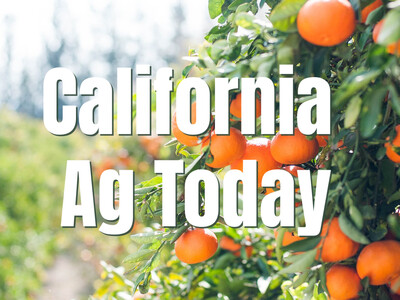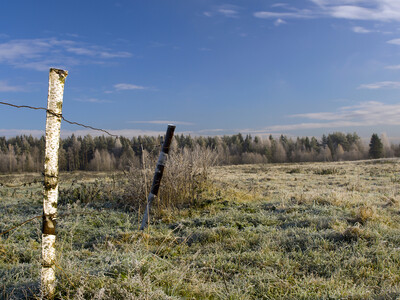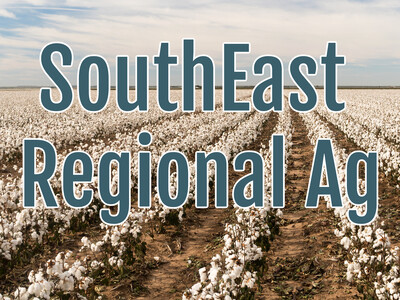5-12 NWR
The price of cattle has been on a downward spiral for months and ranchers and farmers are wondering when prices will hit bottom. Cattle prices have had a rough spring. After peaking in late 2014 and early 2015, prices have been adjusting downward from very lofty peaks. Agricultural economist Chris Hurt says this is because back then high prices and the lure of profits caused beef producers to build the national herd. Beef production, this year, is up three percent. About one percent of that three is from more cattle, the other two comes from heavier market weights. The weights have averaged 1378 pounds in the first four months of the year. This is 26 more pounds than last year and 48 pounds more than two years ago at this same time. So, more cattle are coming to market and each one of them weigh more, but it's not the only factor pressuring the price of beef cattle says Hurt.With the cash price of finished cattle already in the mid-$120s, the futures market is suggesting declining prices will continue into the summer and beyond. Current futures forecast are for finished cattle prices to average about $122 in the second quarter and then drop toward an average of only $112 in the third quarter and $113 in the final quarter of 2016. These are in sharp contrast to USDA forecasts $20 higher for the final two quarters of the year. Perhaps prices somewhere between these two extremes are most likely thinks the ag economist.
One thing is clear, cattle prices are adjusting to more moderate levels after the spike of 2014 and early 2015. This adjustment process is of large magnitude and markets have lost their historic benchmarks. For these reasons, there are dramatic differences of opinion about the level of longer-term prices.
What a difference a wet winter makes. According to the Oregon Department of Agriculture, all areas of Oregon appear to be in much better shape for the upcoming growing season than one year ago when many farmers and ranchers wondered if there would even be enough water to carry into the summer.














